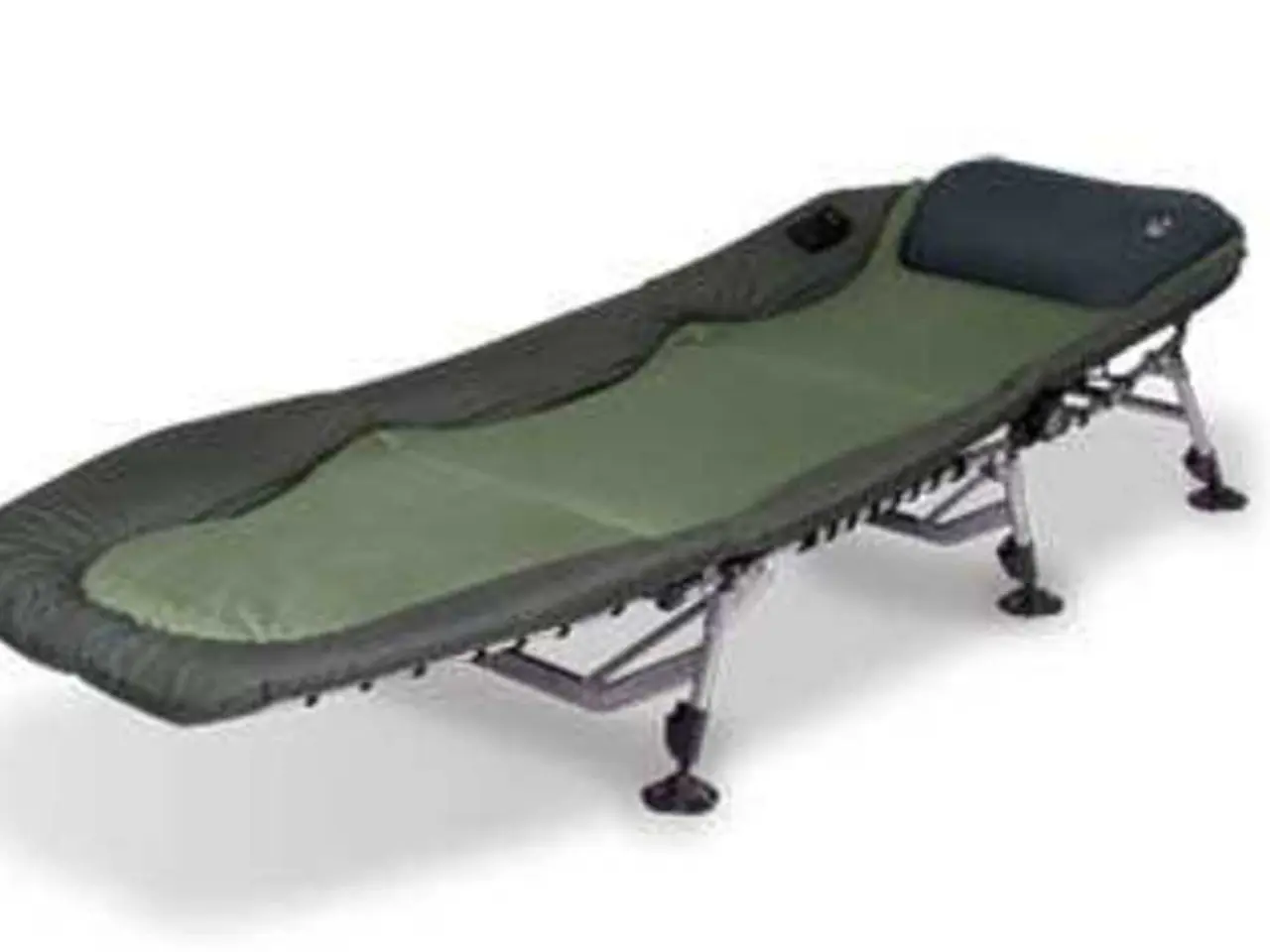Efficient Hand Methods for Alleviating Carpal Tunnel Symptoms
In the digital age, repetitive hand movements and prolonged computer use have become common, leading to an increase in cases of Carpal Tunnel Syndrome (CTS). This condition, characterised by compression of the median nerve in the carpal tunnel, can cause discomfort, numbness, and tingling in the hand and fingers. However, there's good news for those affected: a series of simple hand exercises can help alleviate these symptoms and prevent the progression of CTS.
The carpal tunnel, a passage between the wrist and the hand, contains tendons, ligaments, blood vessels, nerves, and bones. The median nerve, which provides sensation to some of the fingers, including the thumb, runs through this tunnel from the forearm to the hand. Excessive pressure on the wrist can compress the median nerve, often due to a wrist injury, repetitive movements, or conditions like rheumatoid arthritis.
Hand exercises, when combined with heat and cold therapy, can significantly help manage CTS symptoms. Here are some recommended exercises:
1. **Finger Interlace Stretch**: Interlace your fingers and push your palms outward with straight elbows to stretch the forearms. Hold for 5 seconds, then relax and shake out your hands. Repeat twice, ideally every 30 minutes while working, to promote tendon gliding and reduce adhesions.
2. **Thumb Stretch and Rotation**: Using one hand, pull the opposite thumb backward gently for 5 seconds, then rotate it like a helicopter blade and bend it a few times. Repeat twice on each hand. Focus on the thumb as it is often the site of early CTS symptoms.
3. **Finger Spreading**: Stretch fingers as far apart as possible and then relax. Repeat at least 4 times per session and do several sessions daily to maintain flexibility.
4. **Wrist Flexor Stretch**: Extend one arm with palm up, bend the wrist downward using the other hand until a forearm stretch is felt. Hold for 15-30 seconds, repeat 2-4 times per session.
5. **Wrist Extensor Stretch**: With the arm extended palm down, bend the wrist downward using the other hand for a stretch on top of the hand. Hold 10-30 seconds, repeat multiple times.
6. **Finger Extensions with Rubber Band**: Place a rubber band around the fingers and thumb, spread them apart against the resistance, and slowly close. Repeat about 40 times to strengthen finger muscles.
7. **Make a Fist and Thumb Bend**: Slowly curl fingers into a fist and straighten; bend thumb toward pinky, hold briefly and release. Repeating about 10 times several times throughout the day helps improve mobility.
8. **Hand Shaking**: Shake your hands literally for one minute or more every hour to improve blood flow and relax muscles.
These exercises can be repeated up to four times per day, 5 to 7 days per week. They also work well as a warmup stretch before other activities. It's important to perform these exercises gently without causing pain and consult a healthcare professional before starting an exercise regimen if symptoms are severe.
Research from 2020 indicates that using a splint and performing tendon and nerve gliding exercises improves CTS more than using a splint alone. Incorporating these exercises into your daily routine, along with applying heat before and cold therapy after, can help manage and potentially prevent CTS.
- While working with computers, the risk of Carpal Tunnel Syndrome (CTS) increases due to repetitive hand movements and prolonged use, much like the threat diabetes poses to cardiovascular health due to obesity.
- The median nerve, responsible for sensation in some fingers, is prone to compression within the carpal tunnel, a condition exacerbated by rheumatoid arthritis or wrist injuries.
- A series of simple hand exercises may aid in alleviating CTS symptoms and staving off its progression, similar to the way nutritional modifications can help manage diabetes, another chronic disease.
- Science and medical research have linked CTS symptoms with various medical-conditions like ulcerative colitis and psoriasis, highlighting the interconnectedness of our health and wellness.
- Type II errors in predictive models for COPD (chronic obstructive pulmonary disease) can lead to under-detection and mismanagement of the disease, emphasizing the importance of accurate diagnoses for effective therapies and treatments.
- Alongside hand exercises, heat and cold therapy can provide additional relief for CTS sufferers, much like targeted exercise routines can aid individuals dealing with mental-health issues.
- Finger Interlace Stretch, Thumb Stretch and Rotation, Finger Spreading, Wrist Flexor Stretch, Wrist Extensor Stretch, Finger Extensions with Rubber Band, Make a Fist and Thumb Bend, and Hand Shaking are exercises that can reduce CTS symptoms and improve hand mobility.
- Performing these exercises gently and consulting a healthcare professional before starting an exercise regimen is strongly advised, much like seeking advice from mental-health professionals when managing fitness and exercise routines intended to alleviate stress.
- Incorporating tendon and nerve gliding exercises like those recommended for CTS management into your daily routine improves the efficacy of treatments, similar to regularly practicing good nutrition in maintaining a healthy lifestyle.
- Lastly, staying informed about the latest scientific findings on CTS treatment and prevention can help make health-and-wellness decisions that cater to your unique situation, much like staying informed on the latest advancements in mental-health treatments can aid in seeking the best care.




